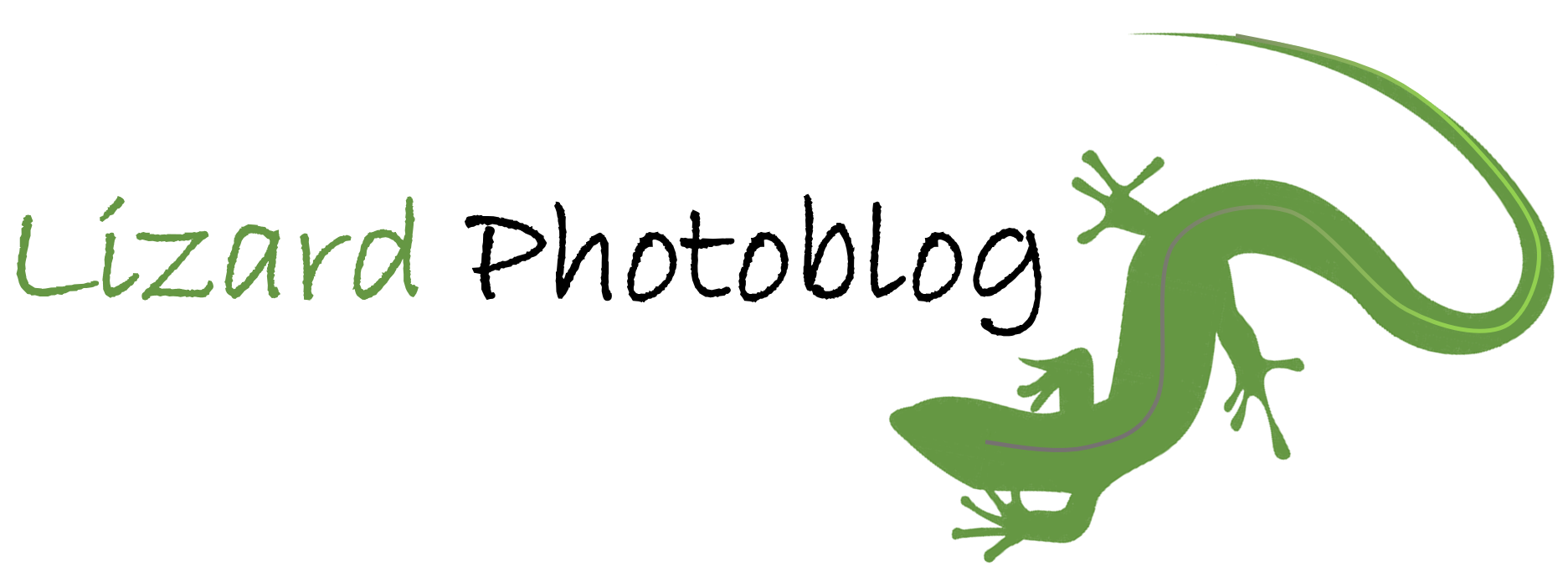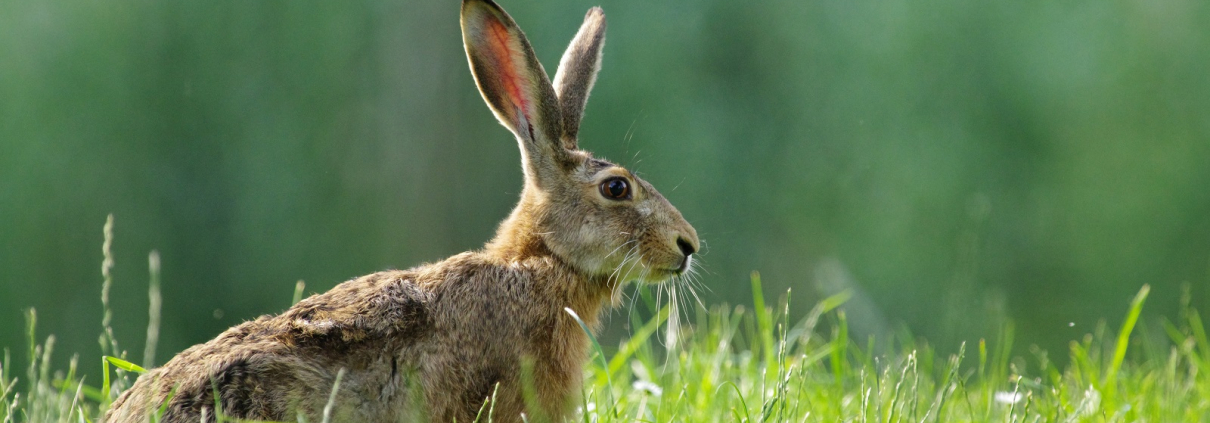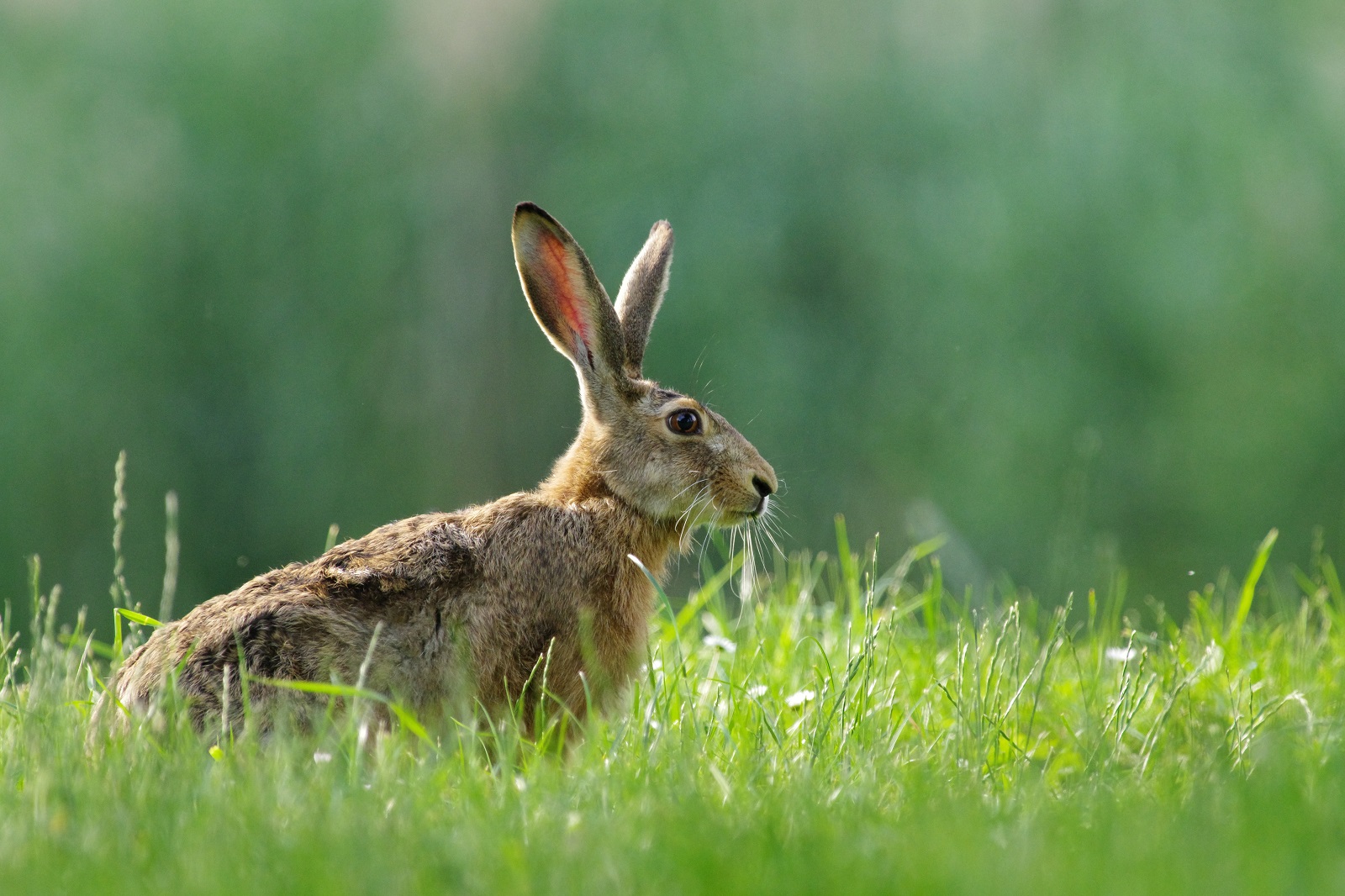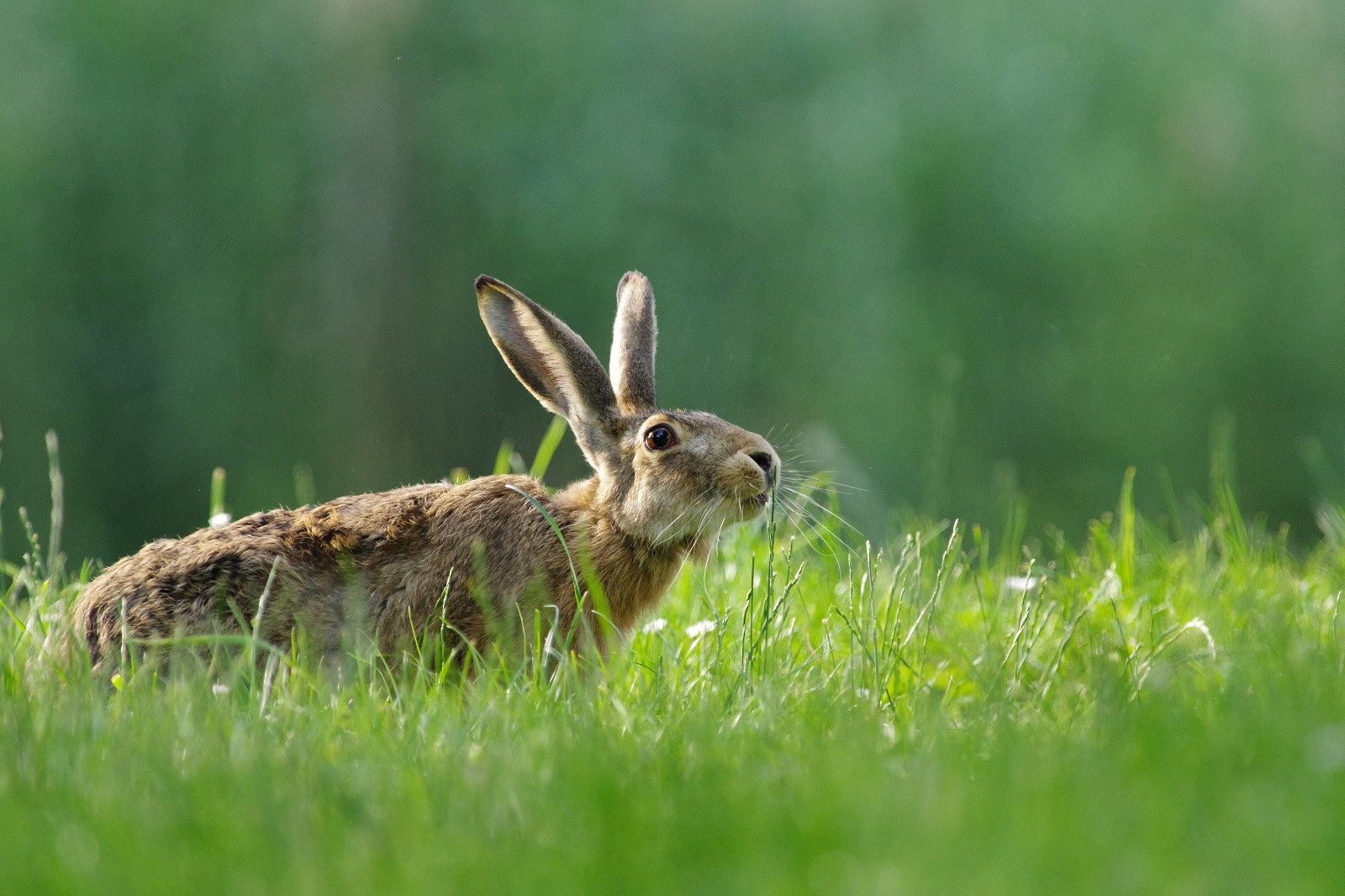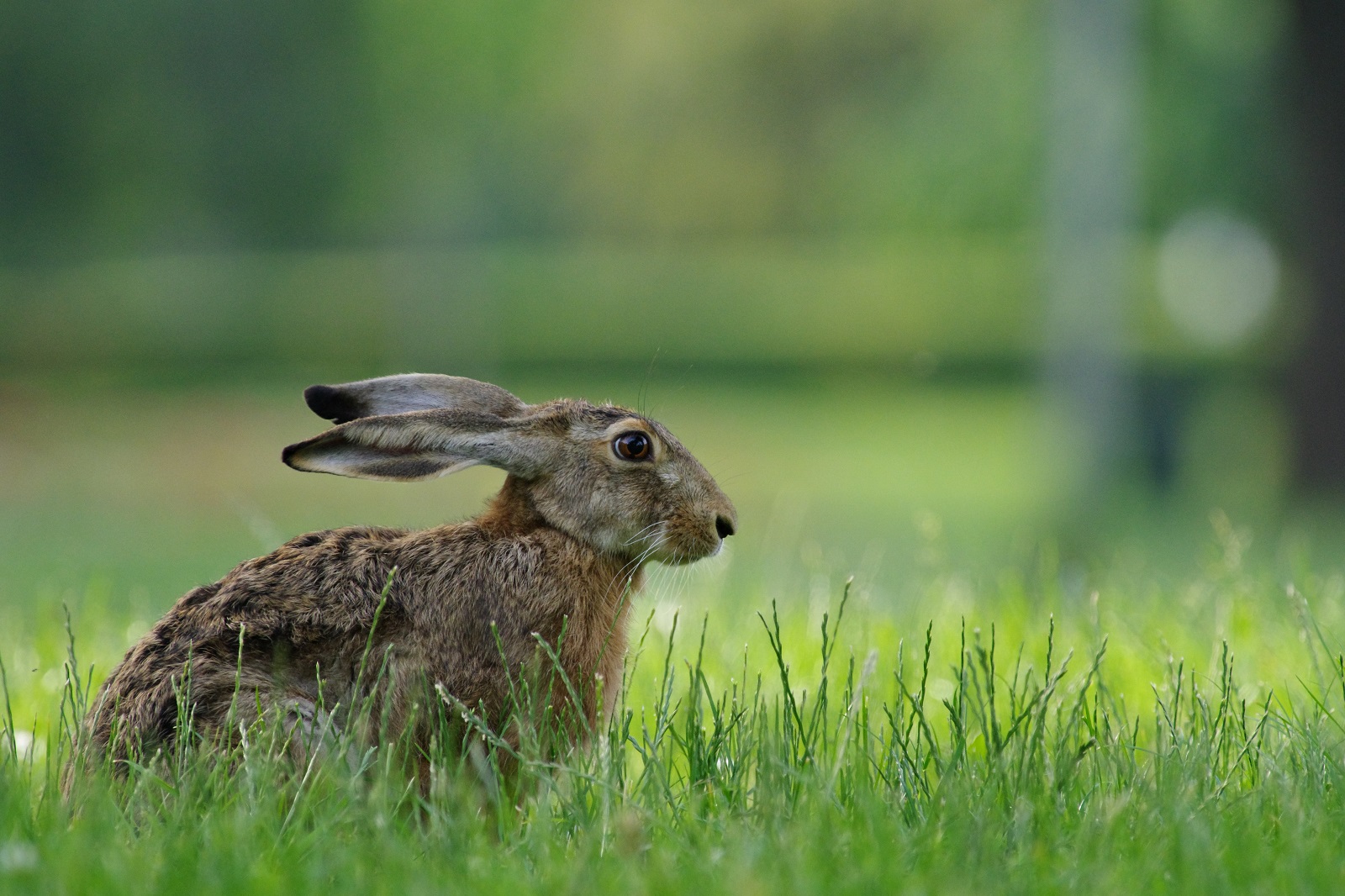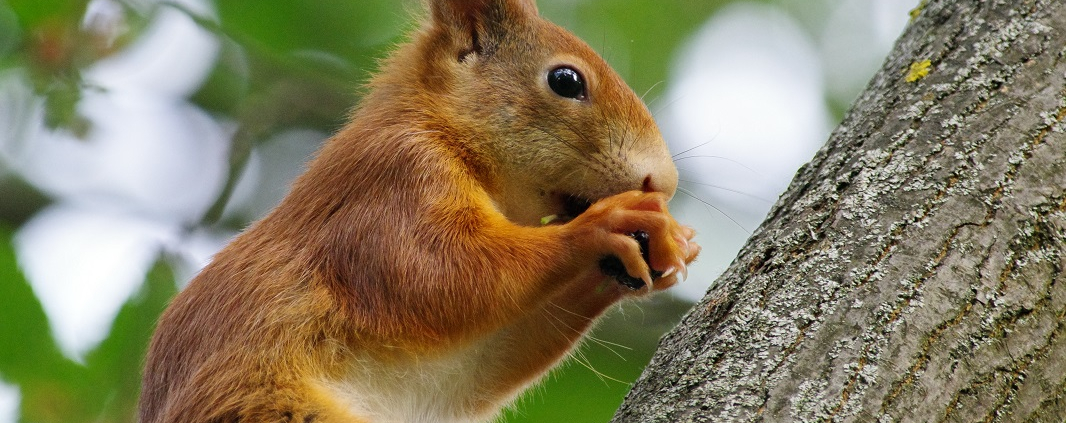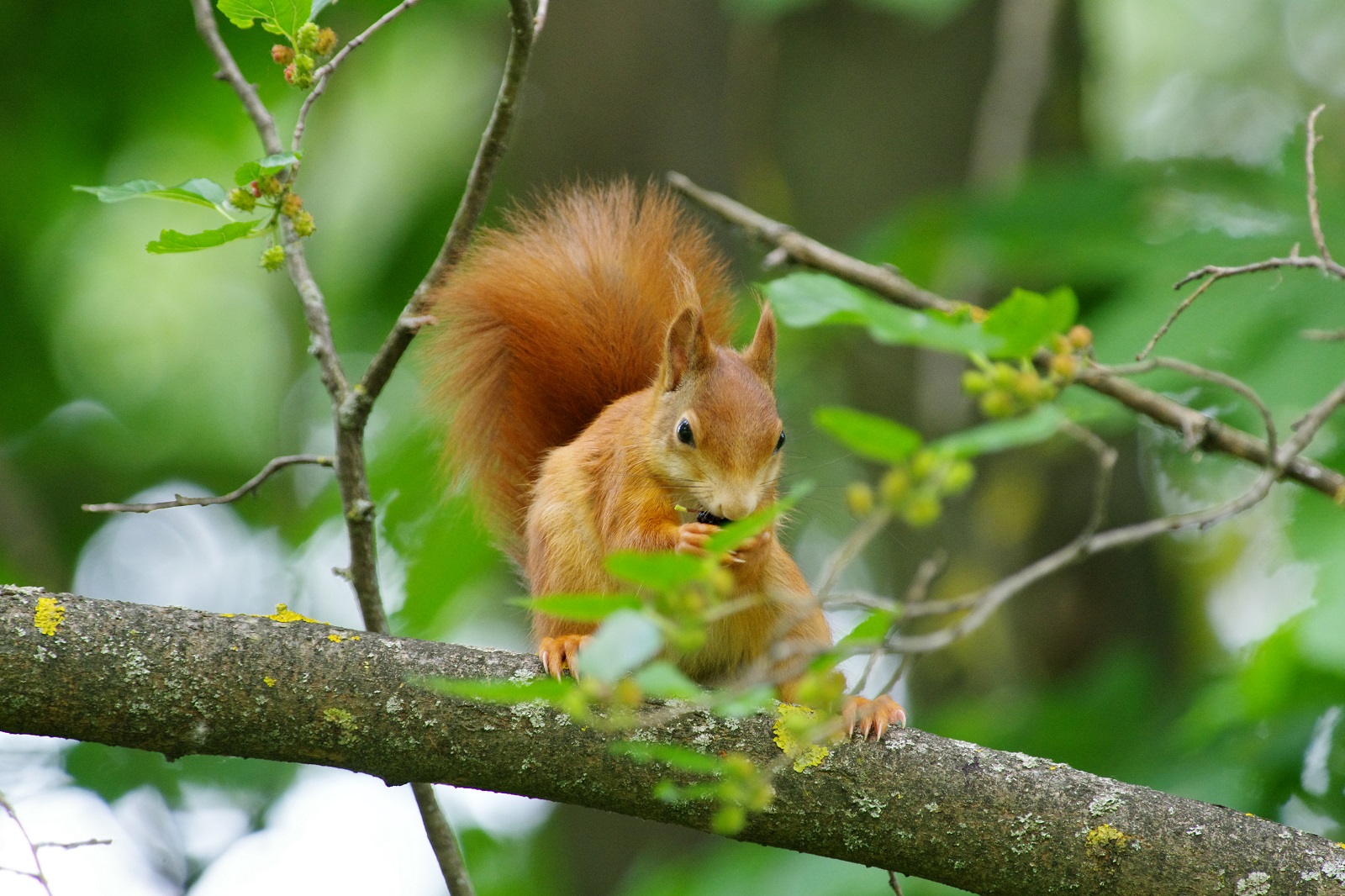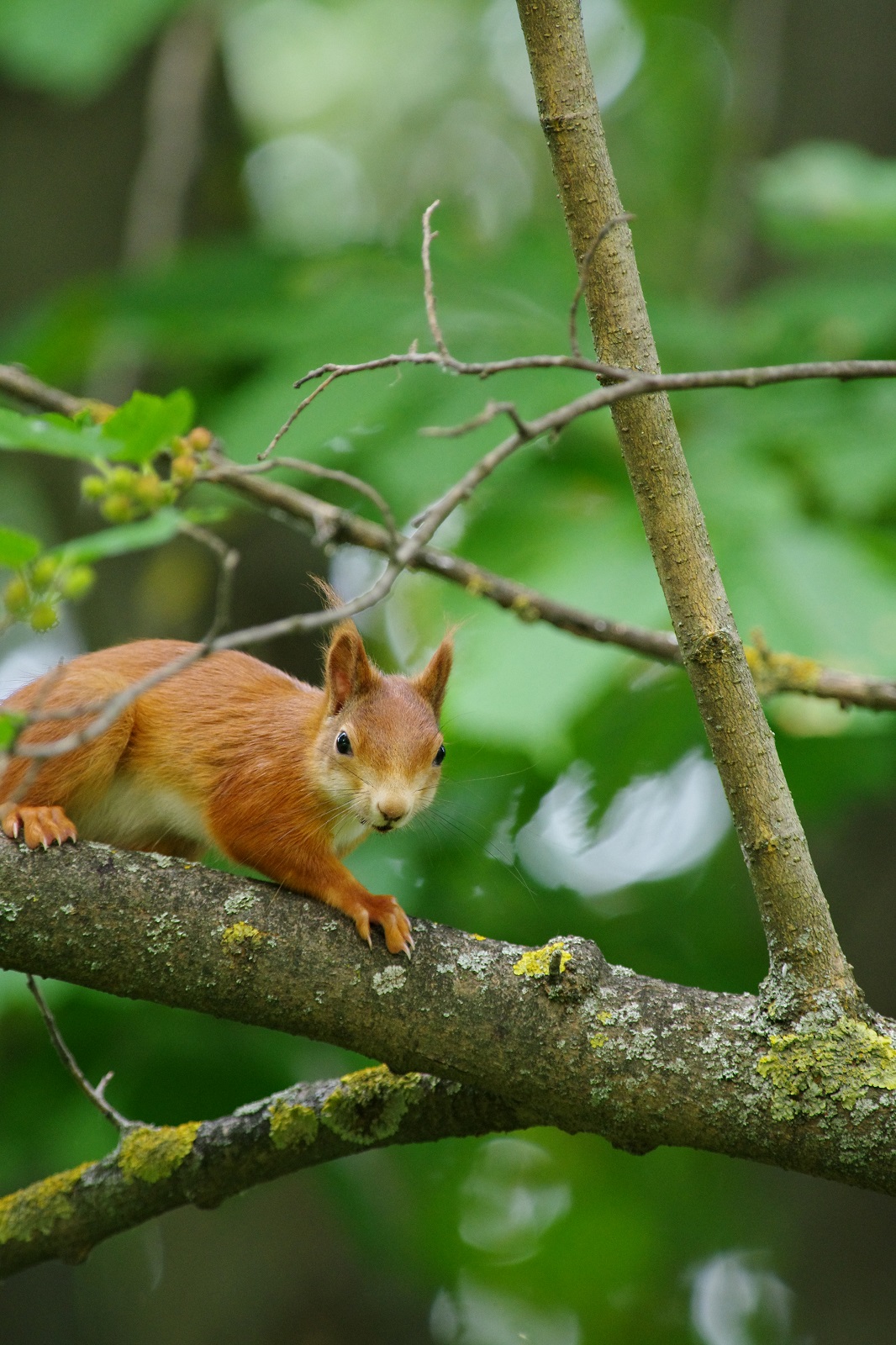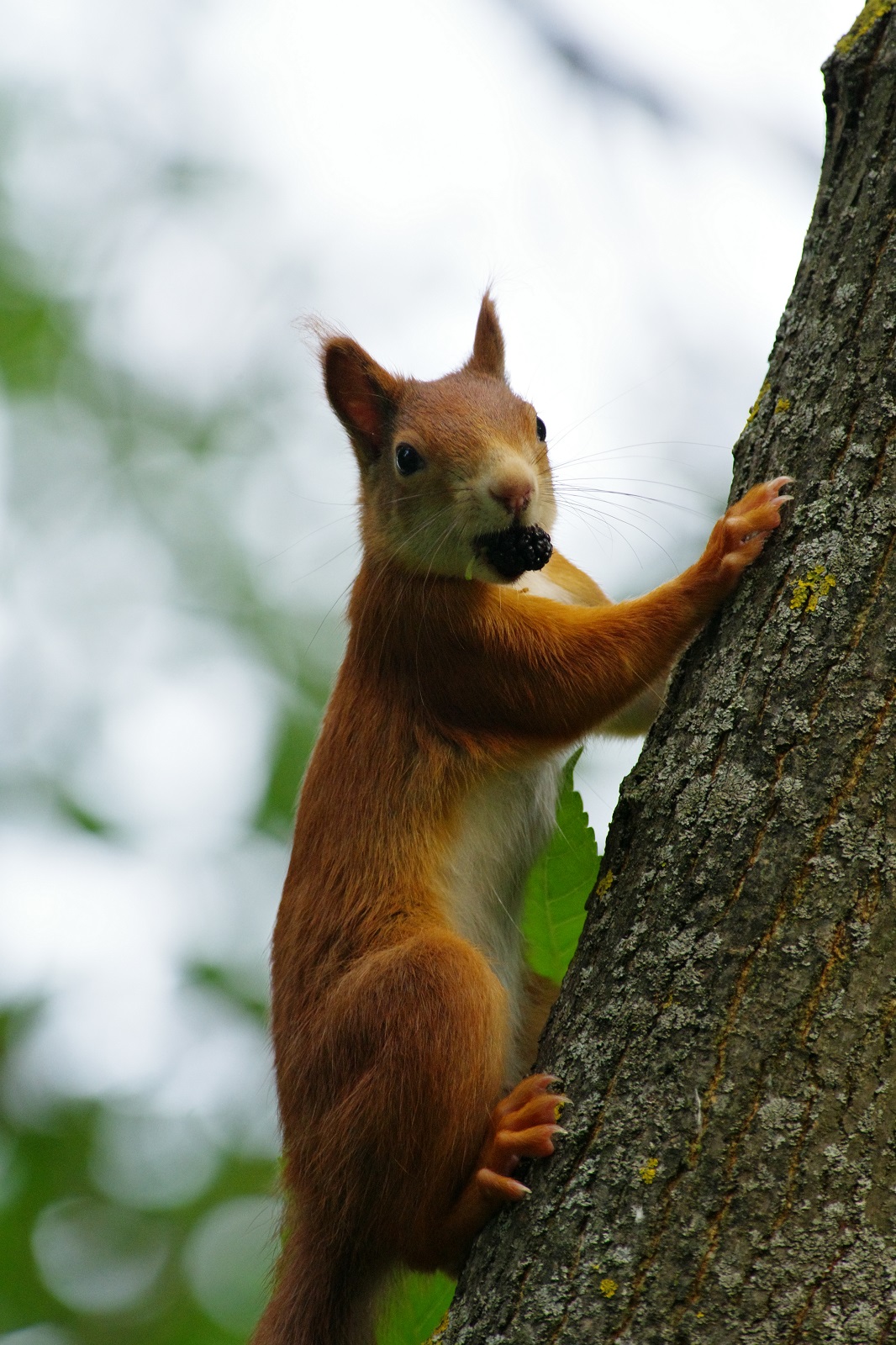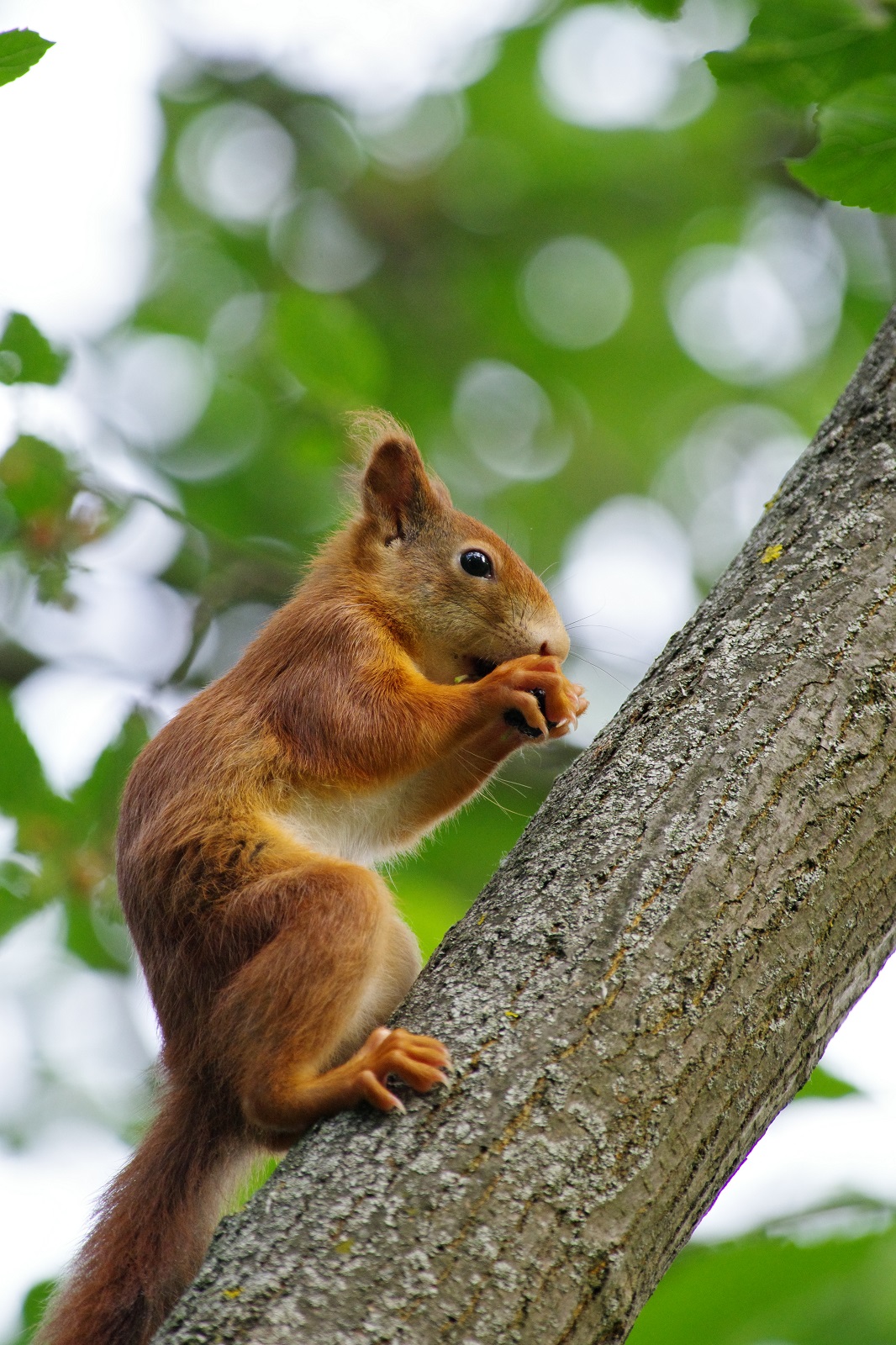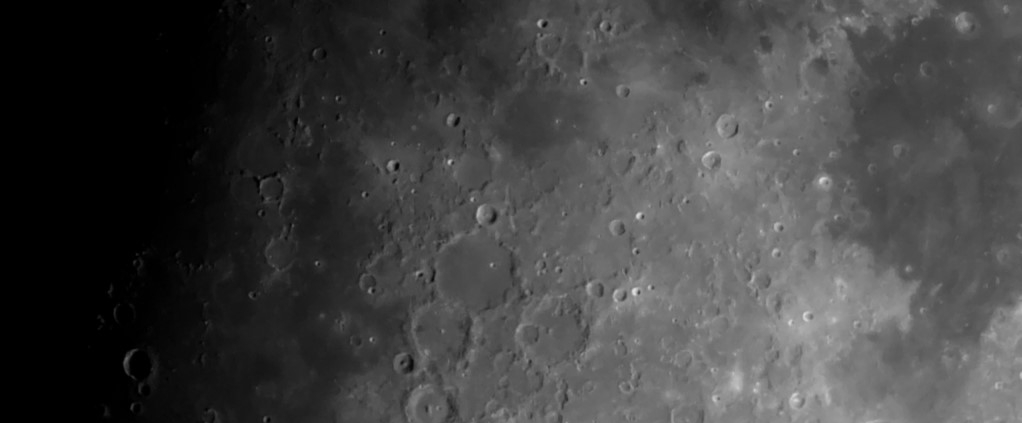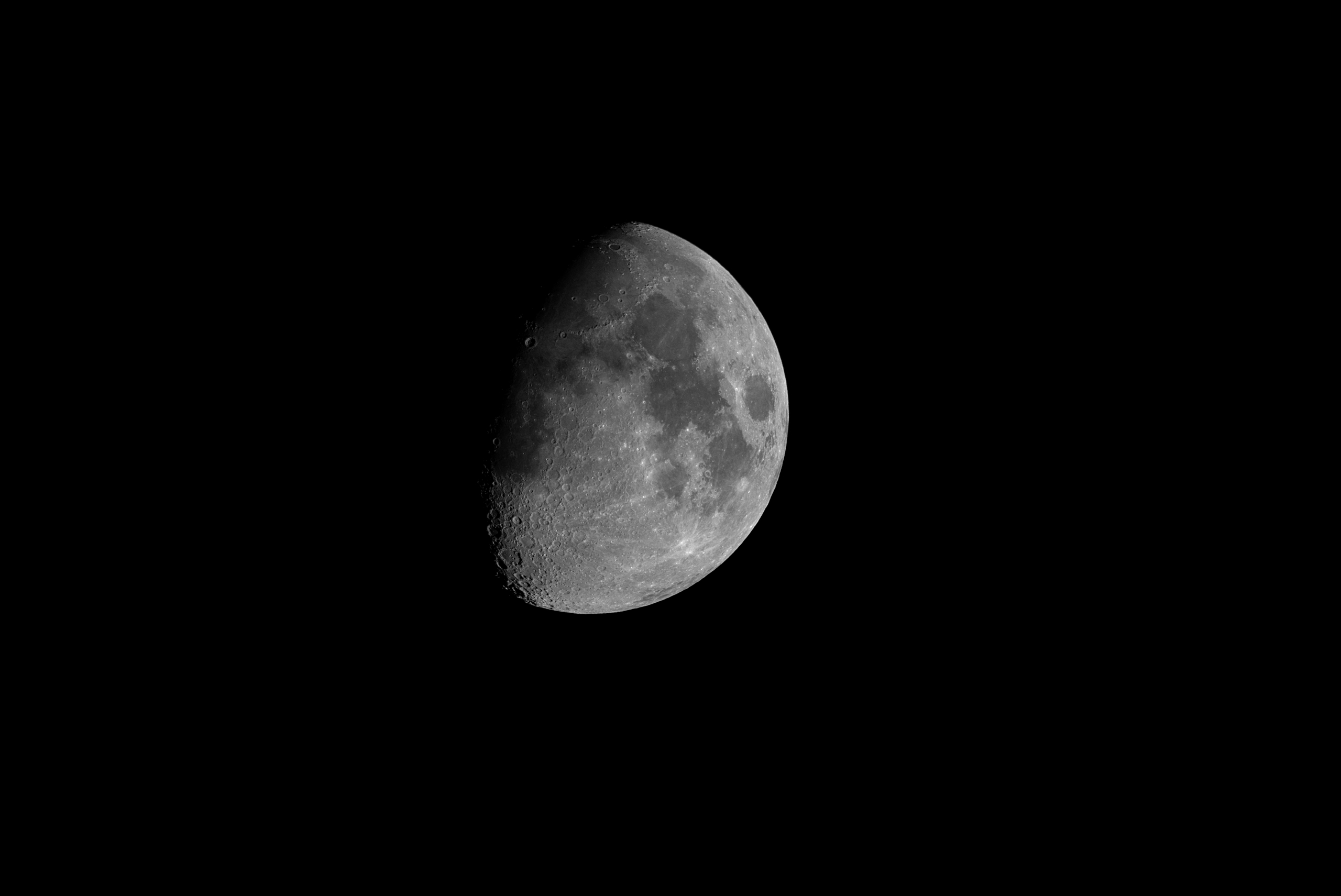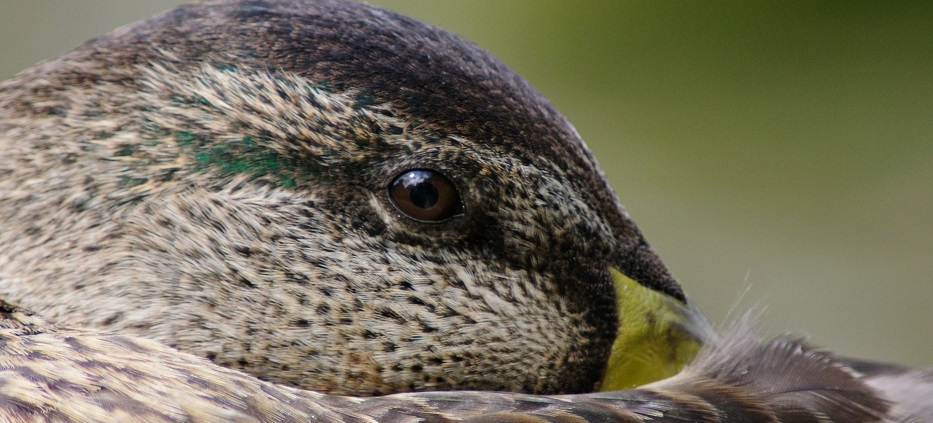Is a wild rabbit living in a urban space, e.g. in parks of big cities like Berlin or Vienna, a wild urban rabbit or a urban wild rabbit?
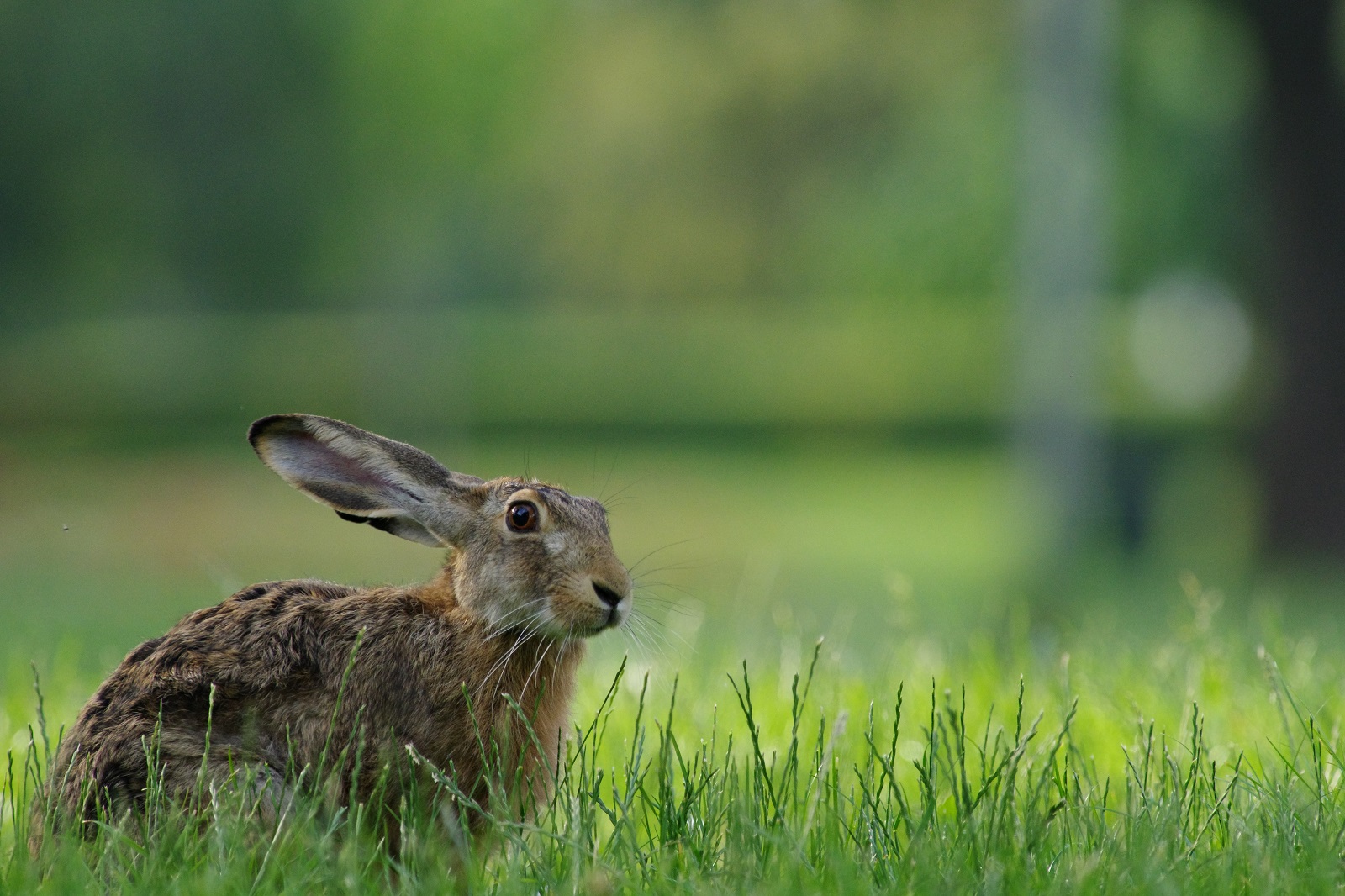
A wild rabbit living in an urban space, such as parks in big cities like Berlin or Vienna, could be described as either a “wild urban rabbit” or an “urban wild rabbit.” Both terms essentially convey the same idea: a rabbit that lives in a city environment but is not domesticated.
The choice of phrasing may vary depending on individual preference or local terminology. I tend to call it “wild urban rabbit” to emphasize that the rabbit is still a wild animal despite its urban habitat, while others might use “urban wild rabbit” to emphasize its presence in an urban setting. Either way, the key point is that the rabbit is a wild animal that has adapted to life in an urban environment.
And this brings me to the answer of my next question: Is this still wildlife photography?
As we said that this rabbit is a wild urban rabbit because it is living in an urban space but is still a wild animal…
… this photography can still be classified as wildlife photography! 🙂
These photos were taken with the Pentax K3 III and the Pentax 300 mm F4.0 adding more zoom with the Pentax 1.4x Teleconverter.
